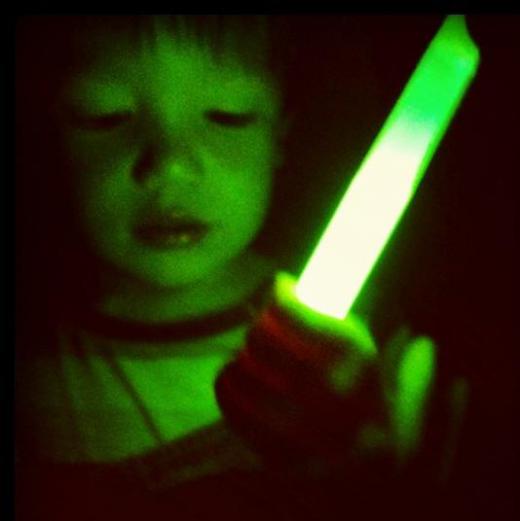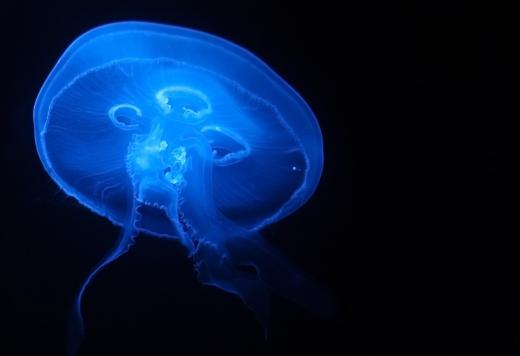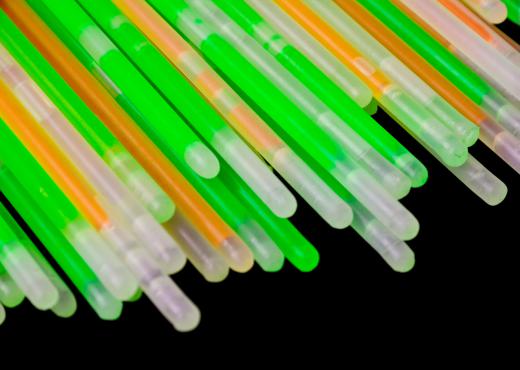What Is Phosphorescence?
Phosphorescence is a type of light, or luminescence, without heat. A phosphorescent object absorbs light for a period of time and then radiates that light for a another duration of time. Common objects, such as alarm clock hands, glow sticks, road signs and decals have phosphorescent paint or a phosphorescent solution. The phosphorescence material in these objects soaks up the energy from surrounding light waves and emits the light radiation in the dark.
Classified as a type of photoluminescence, the tiny molecules in phosphorescent materials soak in the energy from light photons. Once the molecules have absorbed the photons, they radiate that light. The radiant phosphorescent light is dimmer than the absorbed light and usually lasts only a short period of time. This duration and strength of light emission is called the decay process and is a factor in measuring the length and strength of radiant light in phosphorescent materials. Unlike other light, such as sunlight and incandescent light, phosphorescent light produces no heat.

Phosphorescence is sometimes confused with bioluminescence and fluorescent light. Bioluminescence is light made by living marine creatures, such as copepods, angler fish or jellyfish. This type of luminescence is produced by a chemical reaction within the creature's body and not through the absorption of light photons. Phosphorescent light differs from fluorescence light in that fluorescent light does not continue to emit light after absorbing photons.

Scientists have discovered how to measure the absorption and emission rates of phosphorescent light by measuring the decay rate of light emissions. This study of phosphorescent radiation is called phosphorescence spectroscopy. French scientist Henri Becquerel discovered radioactivity while studying phosphorescence in 1896. Two years later, Marie Curie and her husband, Pierre, isolated radium from uraninite, a phosphorescent material that glows blue in the absence of light.

Early wristwatch and alarm clock dials were painted with radium, containing low doses of radioactivity. The dial painters who manufactured these products, however, were exposed to larger amounts and suffered from radioactive diseases and cancers. In 2011, phosphorescent materials are created from the less toxic tritium, zinc sulfide and strontium aluminate. Phosphorescent pigments usually appear a pale green or beige in normal light, but emit green, red and blue pigments in the dark.
AS FEATURED ON:
AS FEATURED ON:













Discussion Comments
Glow-in-the-dark paint can be used as a safety paint for areas that get too dark at night, but itt can also be used just for fun.
Kids love to make different shapes and figures on their bedroom walls. It's a fun project you can share with them. This may help when a child is afraid of the dark. A kind of weaning off the nightlight.
A fun trick is to get or make a stencil, foot shaped or paw shaped and make tracks all over a room. When the light goes off, the prints will show up and create a fun image.
Post your comments